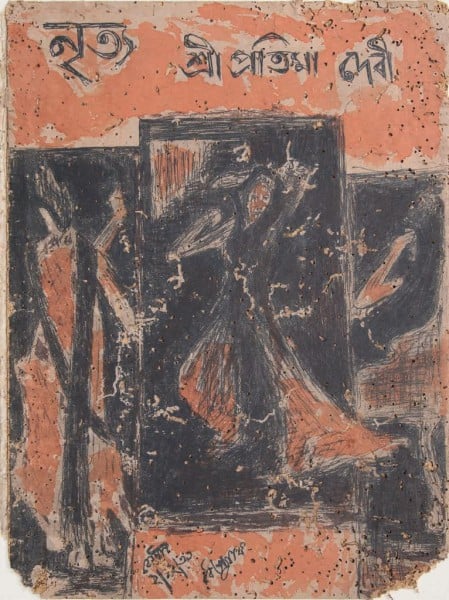
A scourge of counterfeited artworks is polluting the nascent Indian art market, the Delhi-based Business Standard (BS) reports.
The news site points to several recent incidents that demonstrate a worrying trend of forgeries—and endemic corruption within the authentication sector that perpetuates their existence.
The most recent cries for tighter regulation have been spurred by reports that a work by Rabindranath Tagore from 1933, Nritya, which was auctioned at Bangalore based auction house Bid and Hammer last Friday was among several in the sale that were fake.
Works by MF Hussain and Manjit Bawa were removed from an arts festival this past January, following challenges to their authenticity by the former artist’s foundation as well as collector Harsh Goenka.
Previously, according to BS, 20 out of 23 paintings in an exhibition of works by Rabindranath Tagore at Kolkata’s Government College of Art were found to be forgeries.
One of the officials charged with authenticating that exhibition’s works, Ratan Parimoo, says that the practice is pervasive: “I keep getting requests to certify art works which are counterfeits. When I point out that they are not authentic, the agents try to persuade me by offering me more money.”
Parimoo says that he is aware of groups, specifically in Rajasthan and Indore that are actively producing counterfeit artworks.
While he concedes that counterfeits are a factor in any market, Parimoo is most concerned with the lower technological standard of authentication in his country in comparison to the West.
“How can you believe a certification of authenticity, even by me?” he asks. “Abroad, there are lab tests, old dossiers and records. We need to adopt scientific methods in India, if you are serious about authentication.”